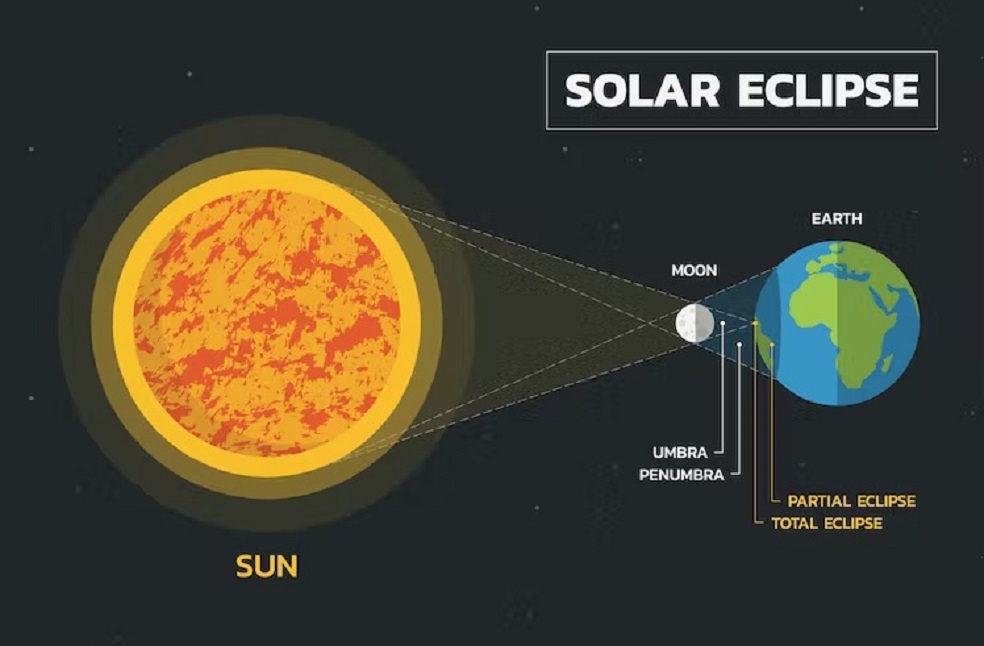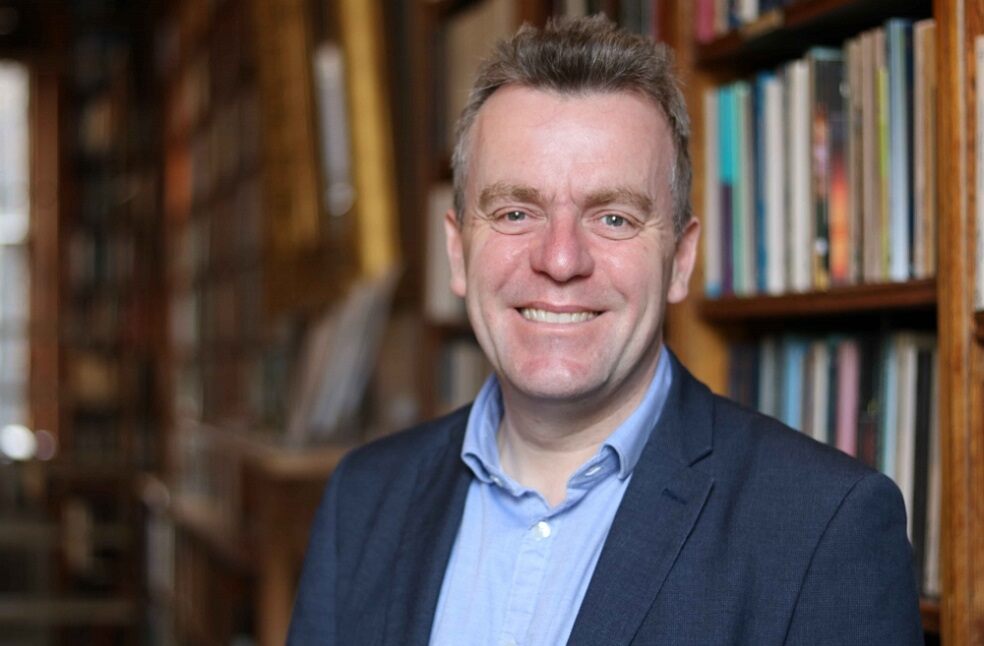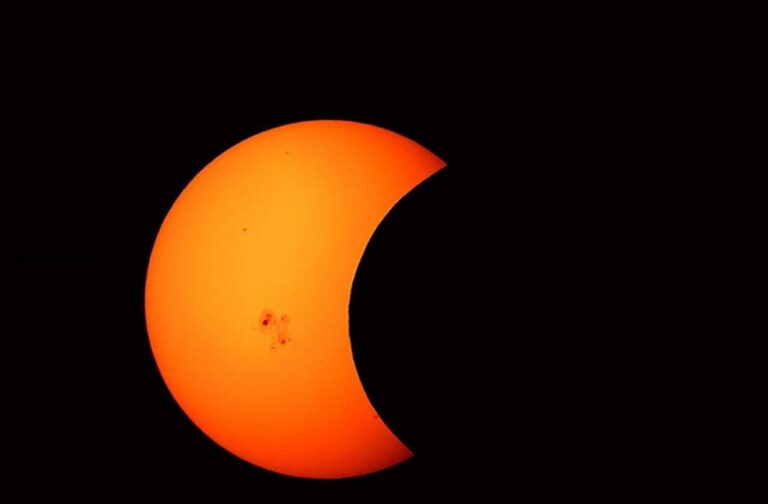London, UK: A portion of Europe, western Asia, and northeast Africa will be able to see a partial solar eclipse taking place in late October.
The eclipse is expected to start at 10.08 AM in London. The moon’s silhouette will gradually cross the upper left limb of the sun over the following 50 minutes. When the greatest eclipse occurs at 10.59 AM, the moon will have covered 15.17 percent of the sun’s surface. The levels of daylight illumination won’t be noticeably different as a result.
What is a Solar Eclipse?
A solar eclipse occurs when the New Moon passes in front of the Sun, obstructing its beams and creating a shadow over portions of Earth. The Moon’s shadow never extends beyond a specific region since it is too small to cover the entire.
Because Earth and the Moon are always moving, Earth spins continually around its axis while orbiting the Sun, and the Moon orbits Earth, this area varies throughout the eclipse. Because of this, solar eclipses appear to move from one location to another.

The only place on Earth where solar eclipses may be seen is where the Moon’s shadow falls, the closer you are to the path’s center, the larger the eclipse appears to be. Typically, solar eclipses are named for the darkest or maximum point of the eclipse. The hybrid eclipse is the exception. Only a tiny portion of a solar eclipse’s darkest moment may be seen. Total, annular, and hybrid eclipses appear to be partial solar eclipses most of the time and at most locations.

Dr. Robert Massey, of the Royal Astronomical Society, stated the eclipse would cause the Moon to block the view of “some or all of the bright solar surface, and the Sun will appear to have a bite taken out of it”.
Observers in western Siberia, Russia, will get the best view of the eclipse, where the Moon will obscure a maximum of 85 percent of the Sun, Dr. Massey added.
Don’t look at the Sun
Never look directly at the Sun, whether it is eclipsed or not, without any kind of eye protection. The radiation from the Sun can burn the retinas in your eyes, causing irreparable harm or even blindness. Wearing safety eclipse glasses or using a pinhole projector to project an image of the eclipsed Sun is the safest way to view a total solar eclipse.



